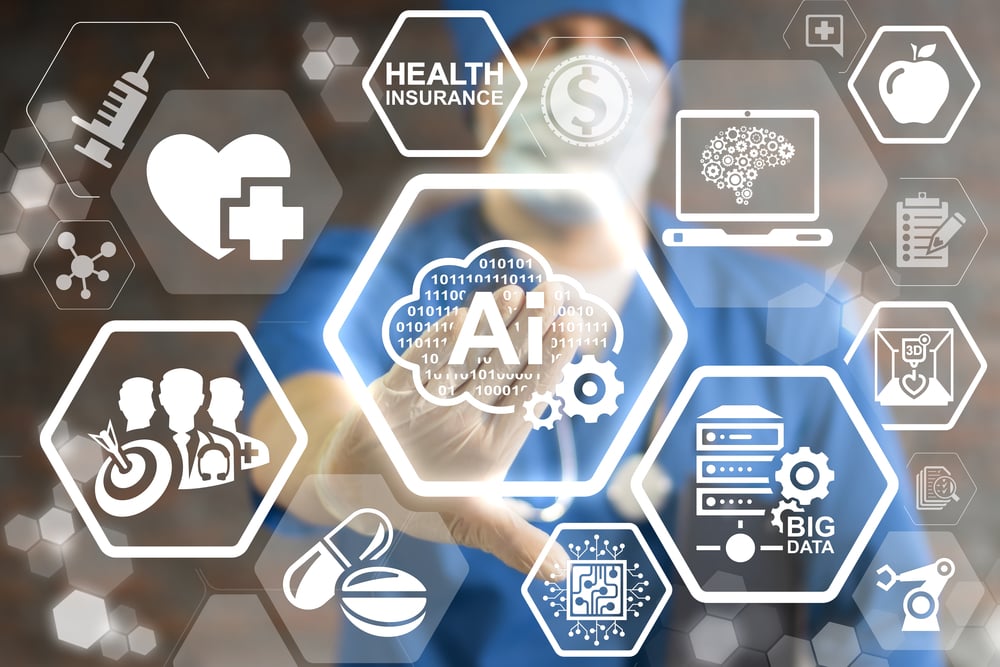The process of medical transcription is how the files representing patient histories, diagnoses and treatments are built. To perhaps oversimplify, healthcare practitioners dictate the particulars of their interaction with patients and medical transcriptionists may transcribe the oral dictation or edit reports that are generated by speech recognition software.
Standardization of medical care has existed for over a century, and medical transcription has been around since. Once audio recording devices and more recently speech recognition software became available, physicians and transcriptionists could work asynchronously, greatly increasing efficiency of transcription.
Accuracy of transcription is necessary for patient safety and quality of care. When medical transcription errors are not corrected promptly, the best case scenario is that people spend valuable time making corrections later on. Worst case scenario is that patients and medical facilities can be put at considerable risk.
How and Why Errors Happen
Any time information is transmitted from one person to another, from a person to a recording device, or from a recording device to a person, there is potential for error. High quality medical transcription isn't cheap, but poor quality transcription can put your patients and organization at risk. Common sources of transcription errors include the following:
• Poor audio quality, making transcription difficult for the transcriptionist
• Non-standardized formatting of dictated reports, resulting in missing information
• Inexperienced or inadequately trained transcriptionists
• Different words that sound alike
• Lack of adequate proofreading of transcription reports
Fortunately, the solution to many of these problems can be found in medical billing software suites that include features to enable and facilitate high quality transcription.
How Synoptic Reporting Features Can Help
Some medical practices reduce costs and risks by using medical record management systems that include synoptic reporting. These systems let clinical personnel enter data directly, eliminating the need for more error-prone voice transcription. Using specially designed checklists, synoptic reporting allows clinicians to create consistent and complete medical reports. They're faster to produce, and easier to interpret due to their consistent format, plus they can be distributed, compiled and searched in a straightforward manner. Today's "smart" synoptic reporting prompts clinical personnel for relevant clarifying details while hiding fields that are irrelevant. In some cases, error-checking is built into the software.
Avoiding Transcription Errors
As powerful as synoptic reporting software can be, no medical transcription system is perfect, and facility staff still must take steps to keep errors to a minimum. Depending on what type of medical transcription is used, those steps might include:
• Using audio recording equipment with outstanding sound quality
• Having clinicians use templates or checklists during dictation to ensure nothing is left out
• Hiring transcriptionists with both excellent training and relevant experience
• Building proofreading and error-correction into the transcription process
• Using only outsourced services with language and transcription skills necessary to do high quality work
How the Right Software Can Help
While many believed the switch to EHR software would eliminate the need for medical transcription services, healthcare organizations are indeed doing the opposite. Many healthcare organizations are finding balance by recognizing the benefits of medical transcription services for physicians alongside the numerous other benefits of the modern EHR.
Some EHR software systems include speech recognition capabilities for transcribing physician dictation, potentially eliminating the need for human transcriptionists. However, proofreading is just as necessary for these systems as it is for human transcription, because software can't always understand the nuances of human speech.
Many organizations and practices are seeing the benefits of combining transcriptions services with proper EHR utilization. Because dictation is an easier and faster method to complete physicians’ documentation process, physicians are able to free up time to see more patients while generating more revenue. “Cutting and pasting” into an EMR remains an area of concern while constant use of templates in the EMR may not reflect the current status of the patient. In some EMR’s, customized templates as per the physician requirements can also be time consuming or simply ineffective for specialists looking to enter in specific patient details. These specific patient details can impact health outcomes especially in high-risk areas such as cardiology, oncology, and urgent care which have unique needs and require lengthy patient histories.
Medical transcription services that can easily integrate with the physician’s EMR can automatically populate the transcribed content into the respective EMR fields using the transcription interface. Capturing meaningful information while improving the ease of documentation proves medical transcription may be an effective part of a successful EMR platform.
end-to-end rcm solution
Demand more from your revenue cycle.
Our integrated solution brings together robust data, intelligent claim handling, and performance consulting to guarantee a 10% increase in cash flow.








